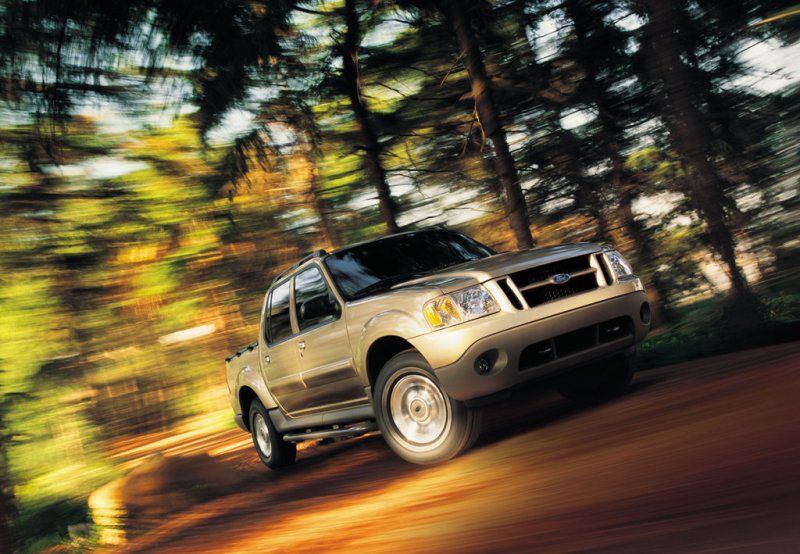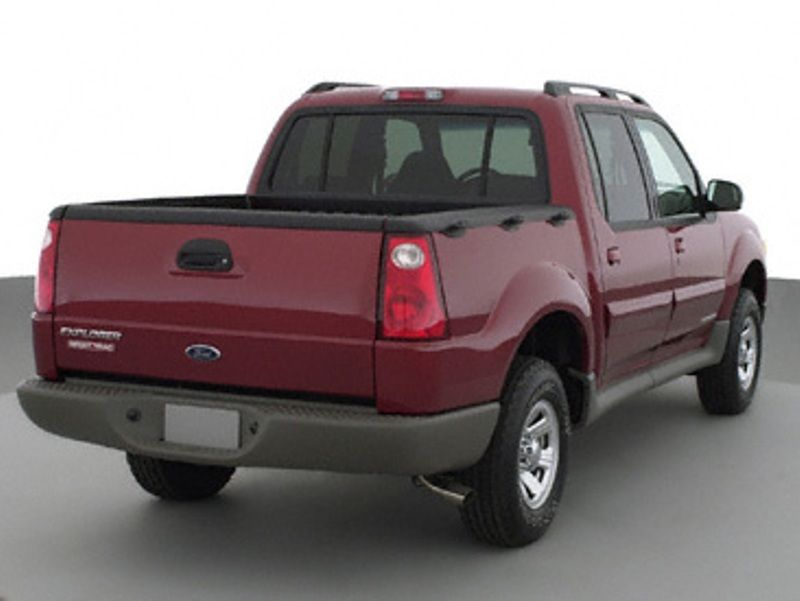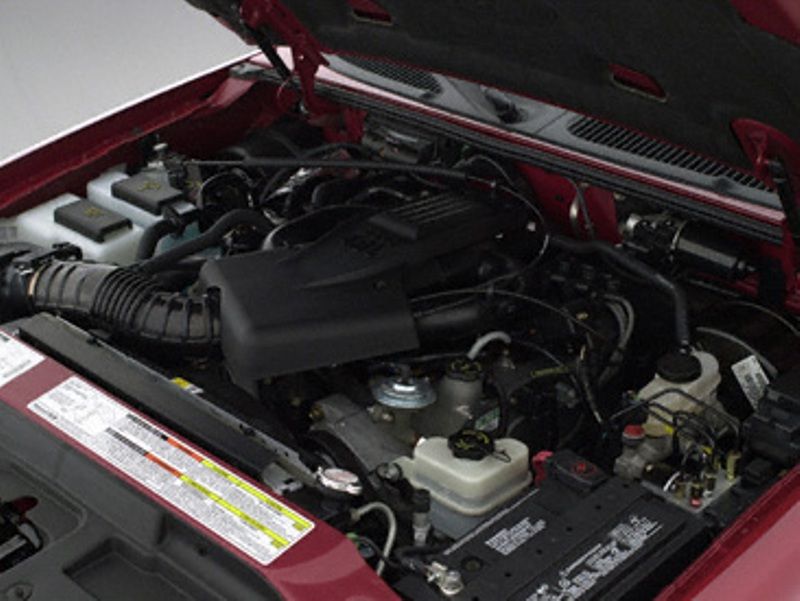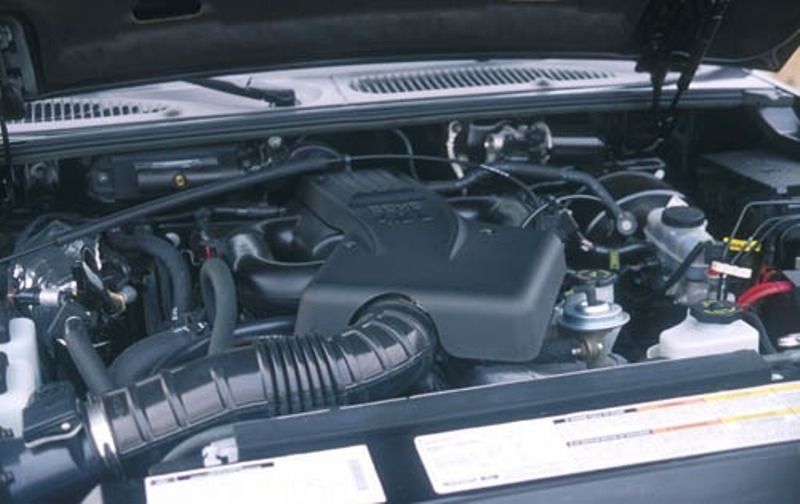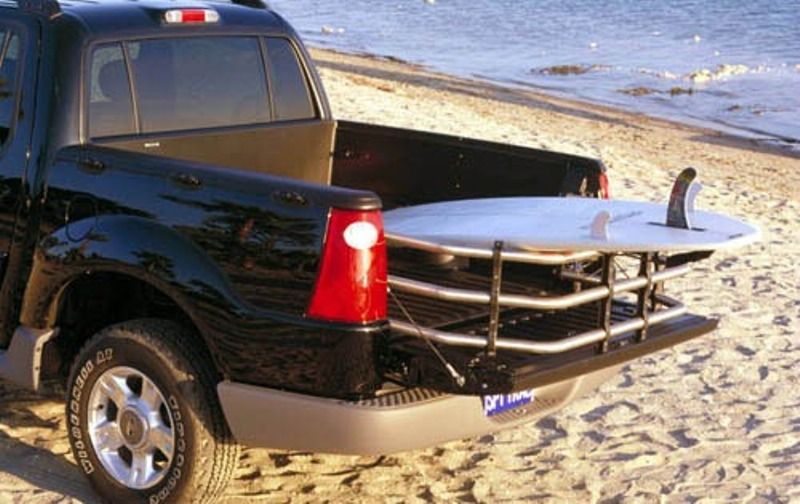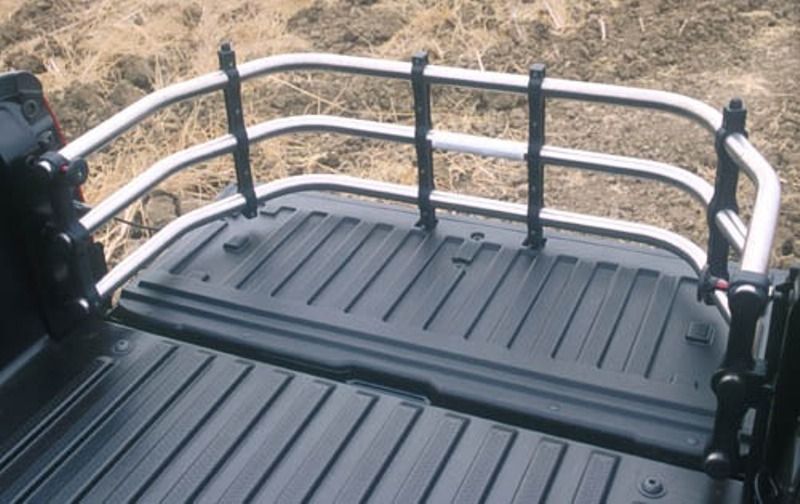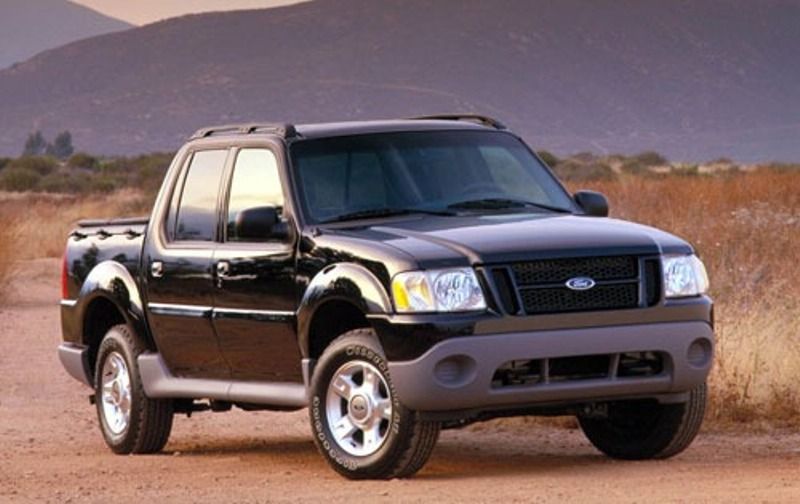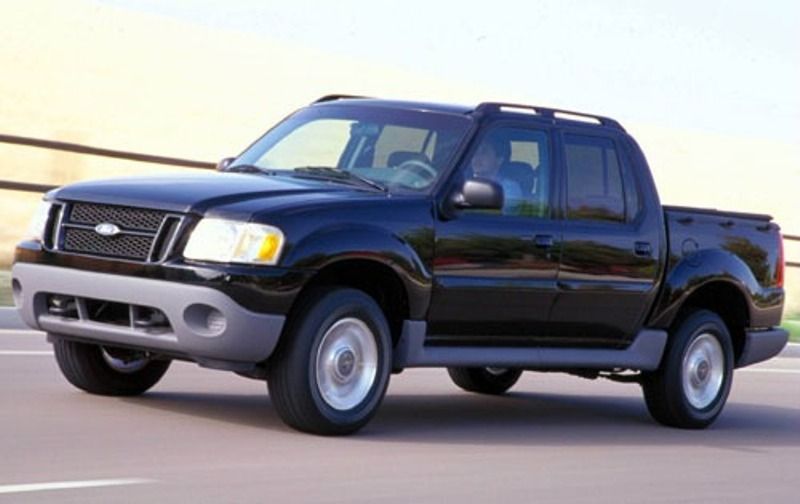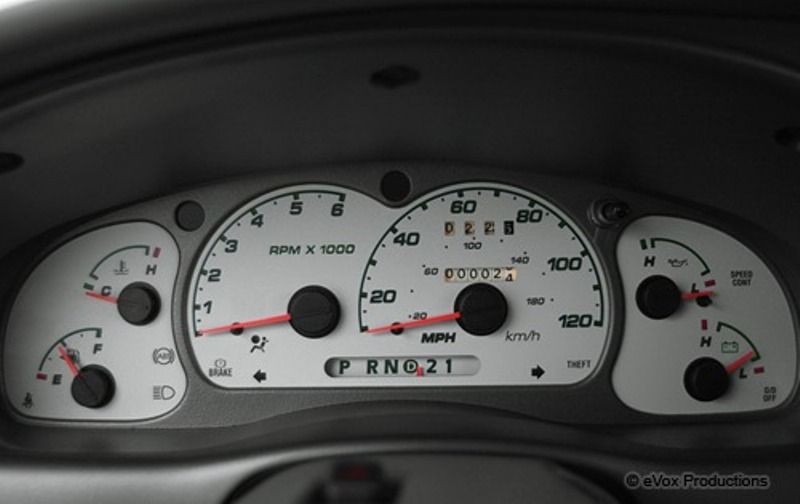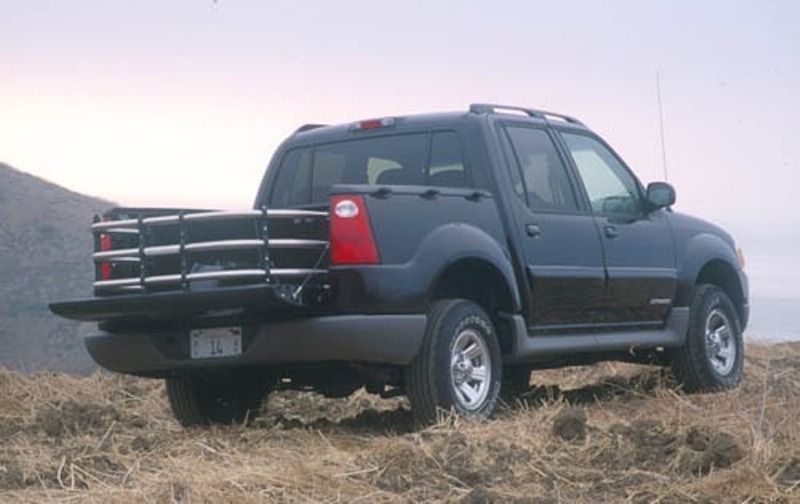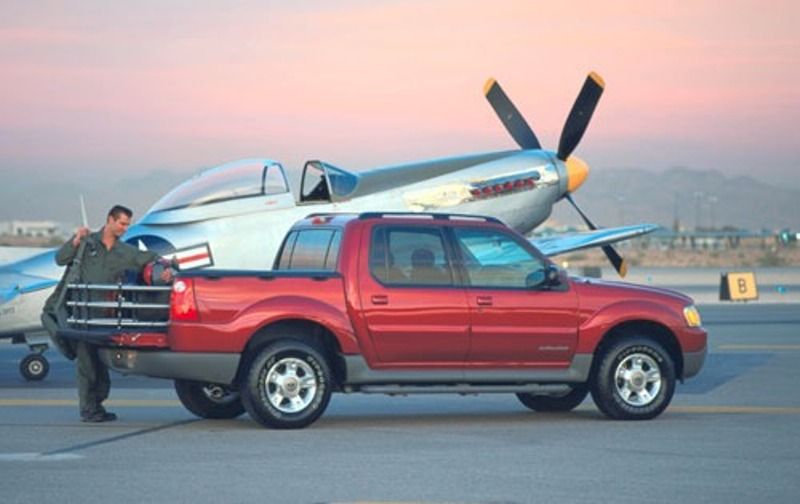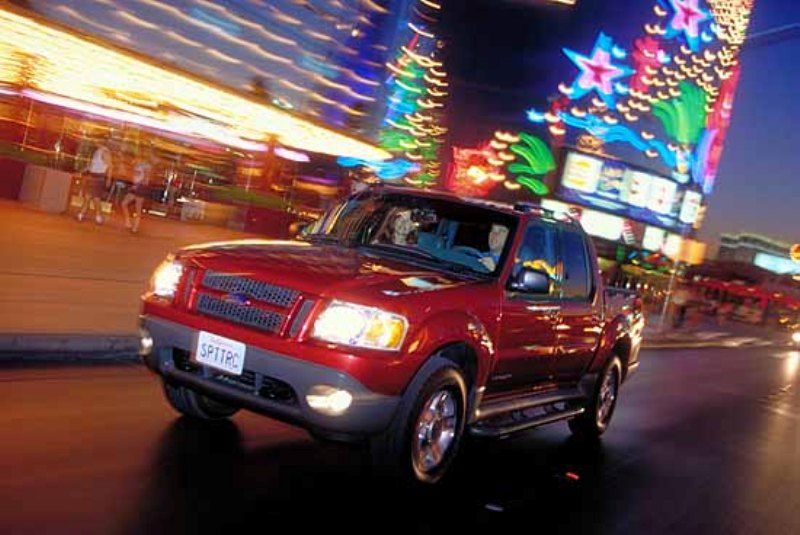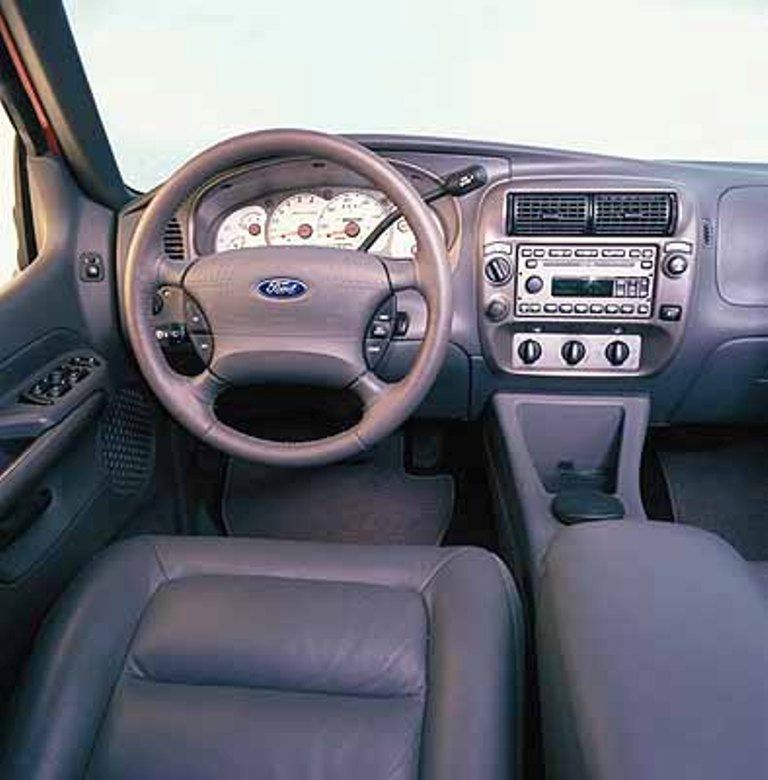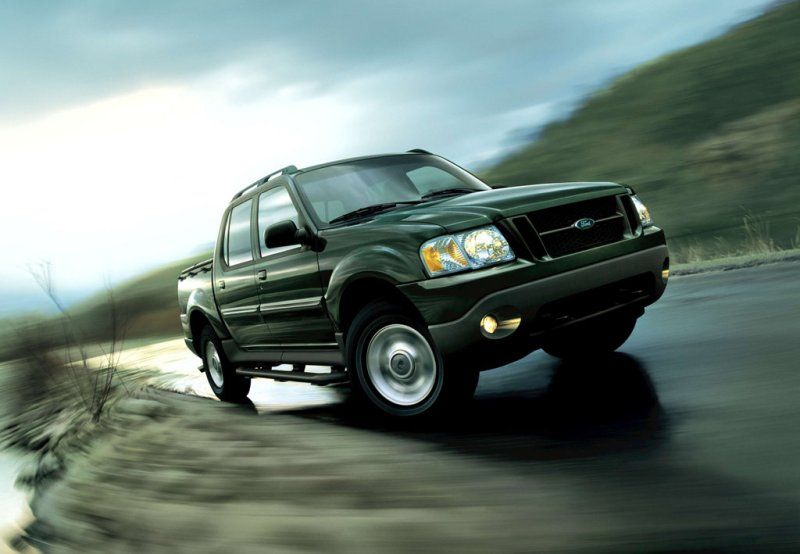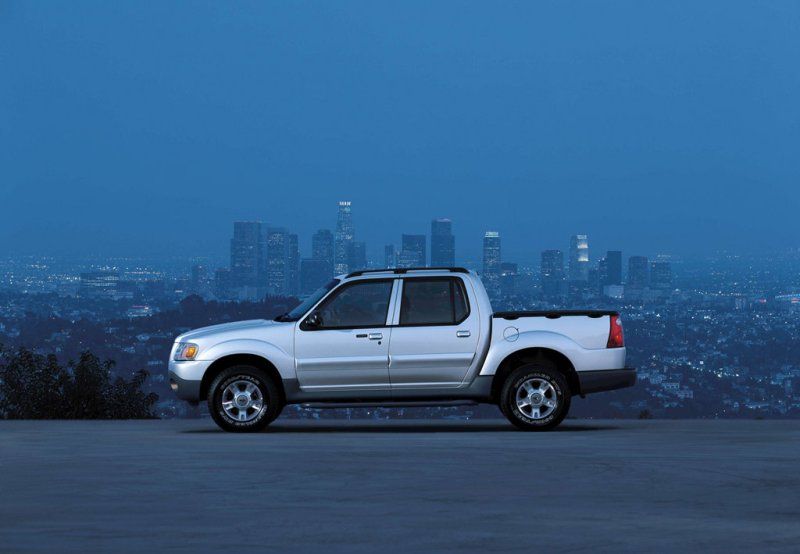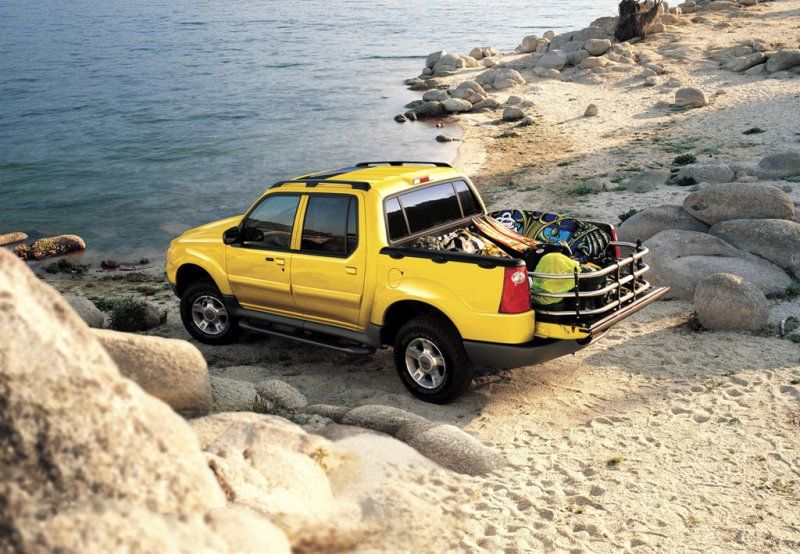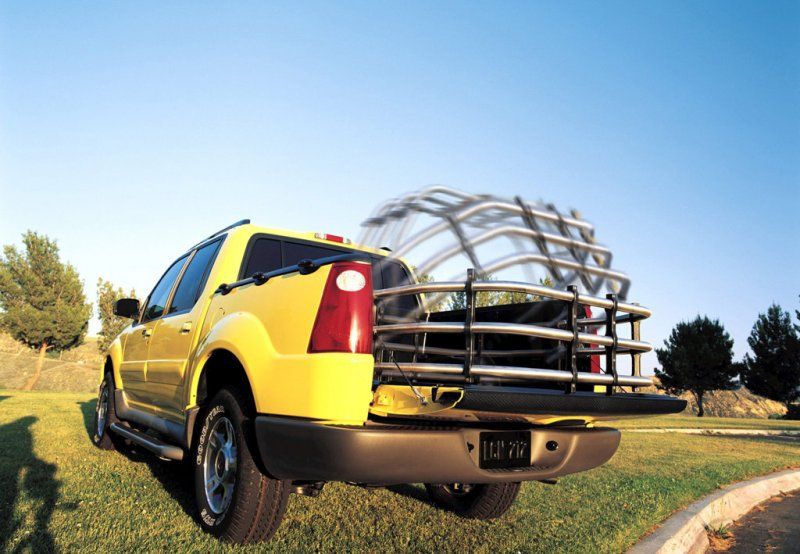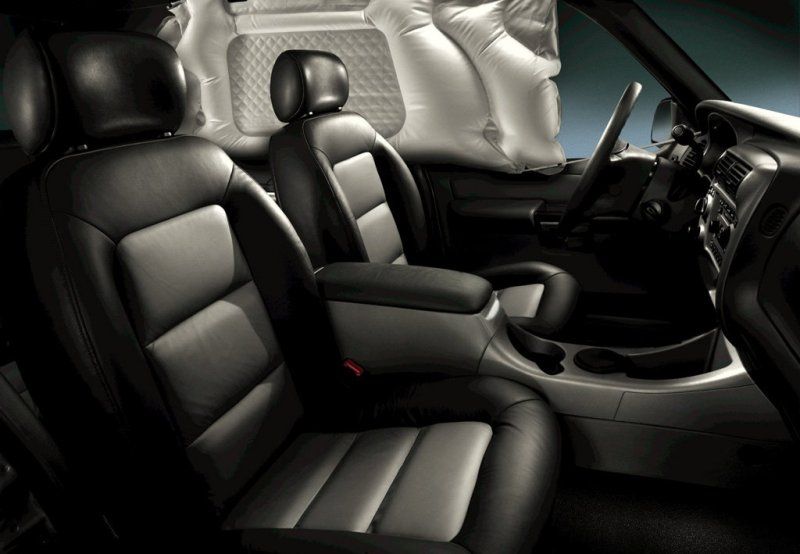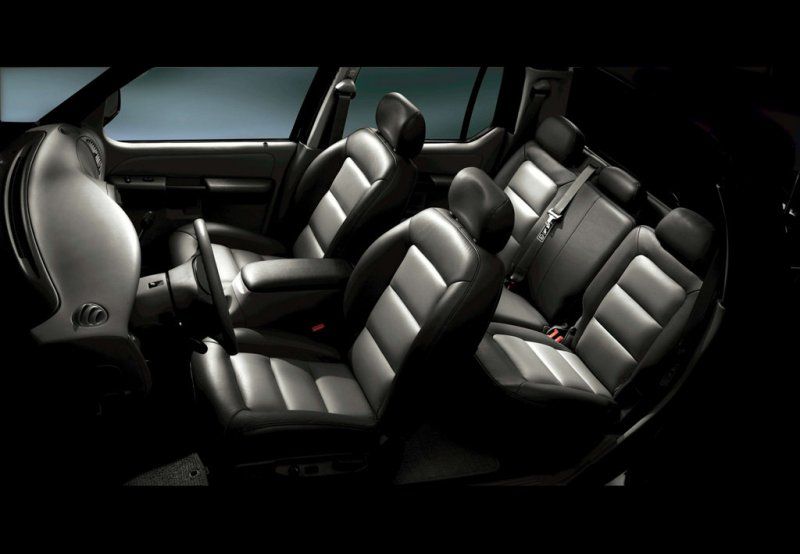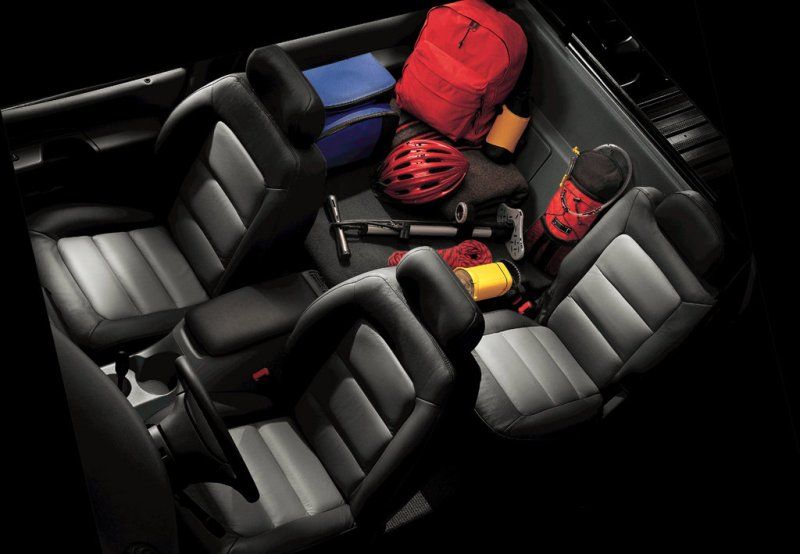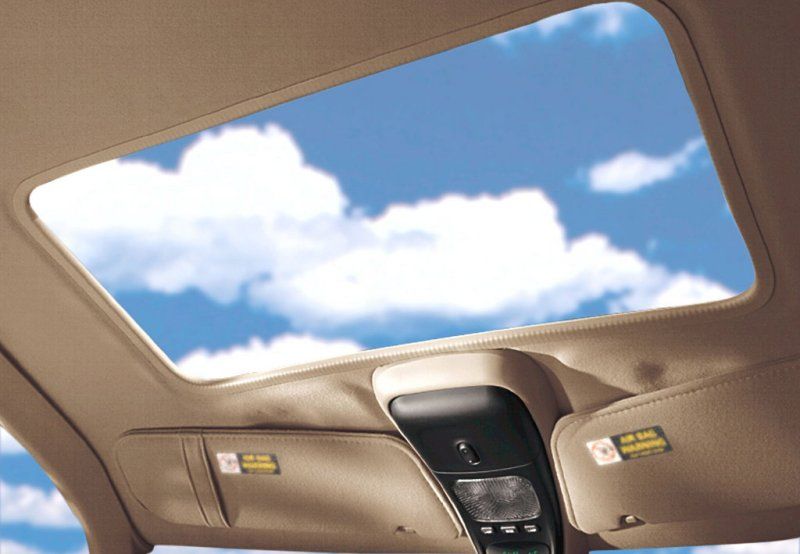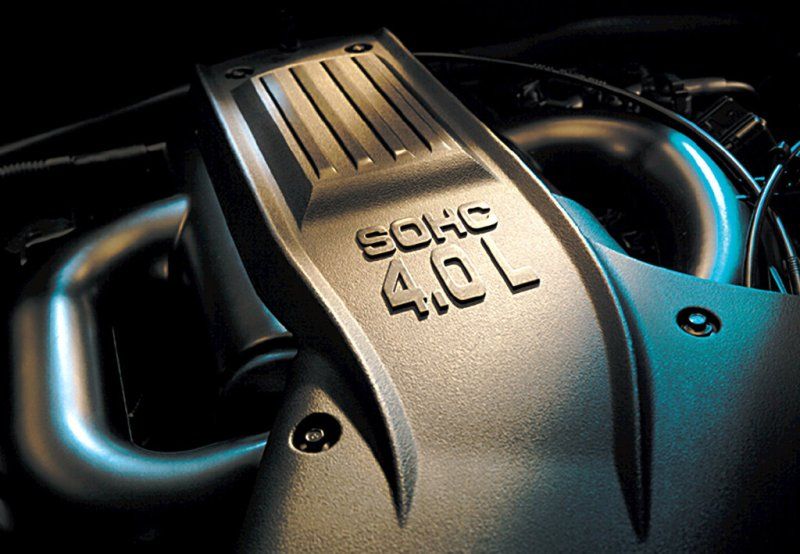The first generation Ford->ke4236 Explorer Sport Trac was launched in 2001 and it was placed between the Ford Ranger and Ford F-Series.
The vehicle was based on the small Ranger pickup and was available only on the North American market. The Explorer Sport Trac was basically a crew cab midsized pickup that went head to head with models like the Honda Ridgeline and Chevrolet Avalanche.
The Explorer Sport Trac was received with opened arms by the market and after the launch the sales were booming. The vehicle was also the first body on frame sport utility truck.
The truck features GVWR (gross vehicle weight rating) of 6250 lbs which is better than any other mid-sized pickup available on the market. Unfortunately, after only two generations, the model was discontinued in 2010.
ford-explorer-sport-trac
- Make: Array
- Model: ford-explorer-sport-trac
2001 - 2005 Ford Explorer Sport Trac
- Make: Array
- Model: 2001 - 2005 Ford Explorer Sport Trac
- Horsepower: 206 @ 5000
- Torque: 238 @ 4000
- [do not use] Vehicle Model: Array
Design
The 2001 Explorer Sport Trac was created after Ford->ke4236 stretched the Explorer’s frame by 15 inches. The new vehicle featured a 125.9 inch wheelbase and it was 205.9 inches long, 71.8 inches wide and 70.5 inches tall. The truck was available with an optional, tubular steel cargo cage and a lockable hard tonneau cover.
The overall design was pretty modern, being a perfect mix between sportiness and utility. The front features a robust design which is enhanced by the wide radiator grille and the massive headlights.
The bumper is seamlessly integrated into the front fascia and is fitted with a set of deep mounted fog lamps.
Moving on to the sides, we’ll find the oversized wheel arches and a pair of convenient footsteps which help you climb easier into the cabin. Around the back, there is another useful footstep which is integrated into the bumper to help you during loading operations.
The cargo area can be equipped with an optional cargo keeper which expands its length to almost six feet. This U-shaped special device hinges on the interior sides of the cargo area and rests on the cargo floor.
Interior
The Ford Explorer Sport Trac’s interior is pretty comfortable. The fit and finish is part of the first class and we also like the plastics and materials which are better than expected, being a class above Chevy’s standards. For increased practicality, the cab’s floor is covered with washable rubber that can be hosed down if it needs to be cleaned.
The dashboard was pretty modern and we also like the intuitive layout of the center console. Most of the buttons and switches are big enough to be used without any problems and you won’t have any significant complains about the controls emplacement either, as everything is within easy reach.
The Explorer Sport Trac seats five people on cloth-upholstered low-back bucket seats up front and a 60/40-split folding rear bench. The superior trim levels offer power lumbar support and leather-trimmed heated front seats. Needless to say, that the seats are part of the first class and they offer enough leg-, shoulder- and head-room to keep you comfortable. The rear seats are also pretty well made and offer more space than many other conventional midsized pickups.
The driver is met by an ergonomic four spoke steering wheel which comes with a set of integrated controls. The instrument panel is a bit cluttered for our tastes, but we like its white faced gauges, as they are fairly easy to read.
Road visibility from the driver’s seat is nothing short of excellent and we also like the gargantuan side mirrors which keep all blind spots to minimum.
The ergonomic cab is also fitted with all sorts of cubbies and useful consoles were you can keep your things safely.
Engines and performance
The 2001 Ford->ke4236 Explorer Sport Trac received a 4.0 liter V6 engine. The single overhead cam unit delivers 206 hp at 5000 rpm with a maximum torque of 238 lb.ft. at 4000 rpm.
The engine is one of the best units in its class offering a fast response and strong performances. The V6 is also well suited for the utilitarian nature of the truck, as it can tow up to 5,300 pounds. On the other hand, the vehicle weights 4,148 to 4,400 pounds so don’t expect to a sporty acceleration.
The engine is married to a five speed manual transmission, but there is also an automatic unit available. Fuel consumption is rated at 20 mph on the highway.
Ford Explorer Sport Trac Engines Specifications
|
Engine |
hp@rpm |
lb.ft@rpm |
|
4.0 liter V6 |
206 @ 5000 |
238 @ 4000 |
Ride and handling
The Ford->ke4236 Explorer Sport Trac shares the same suspension configuration with the Ford Explorer SUV. Though, the Sport Trac’s suspension has received a few tweaks to improve the ride and handling.
The cabin was also pretty well isolated form wind, tire or engine noise. Moreover, the handling was pretty predictable and the truck deals reasonably with corners too.
All Explorer Sport Trac versions are equipped with standard four-wheel antilock brakes. The system controls the front wheels independently and the rear wheels in tandem to improve vehicle control under heavy braking in most operating conditions. To offer best performances the system is also adjusting itself depending on the load weight.
Verdict
The Ford Explorer Ford Trac was a pretty comfortable daily commuter, but it didn’t had that pronounced work horse character that can be found at every genuine pickup truck.
On the other hand, it came with a very comfortable interior, a modern exterior design and a lot of high tech features and safety systems.
It’s no secret that the V6 engine wasn’t the most powerful unit you’d find around, but it was fairly refined and coped well with the utilitarian nature of the truck.
The ride was at par with what you’d usually get in this class and the handling wasn’t bad either. Though, despite its long list of positive attributes, in its last years of life the Explorer Sport Trac never managed to put the sales charts on fire, which led to its premature death in 2010.

